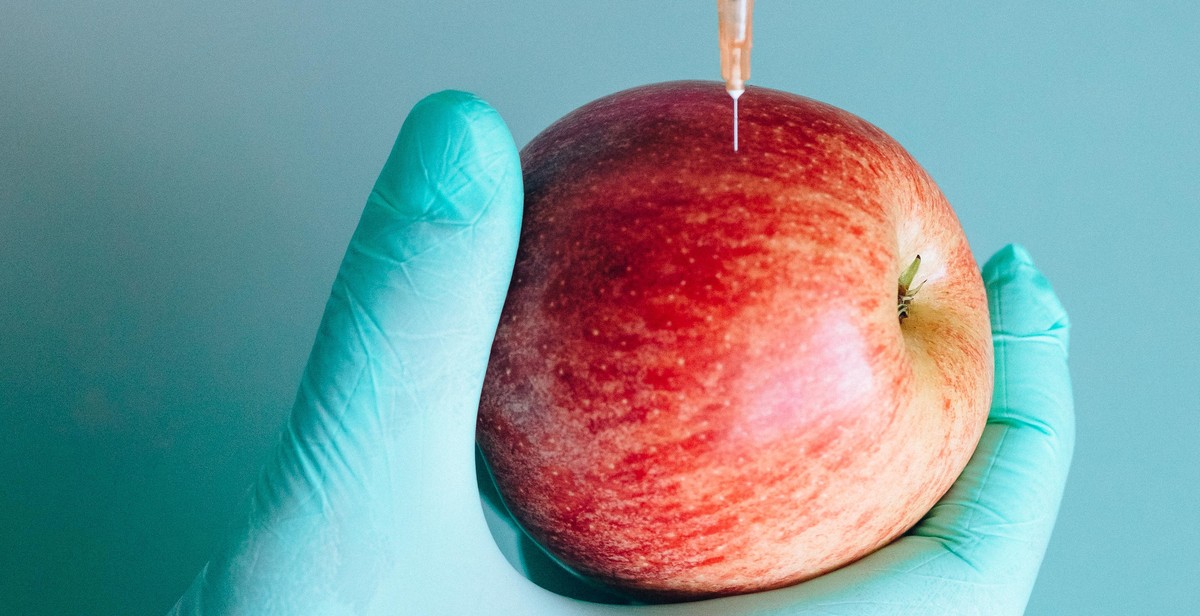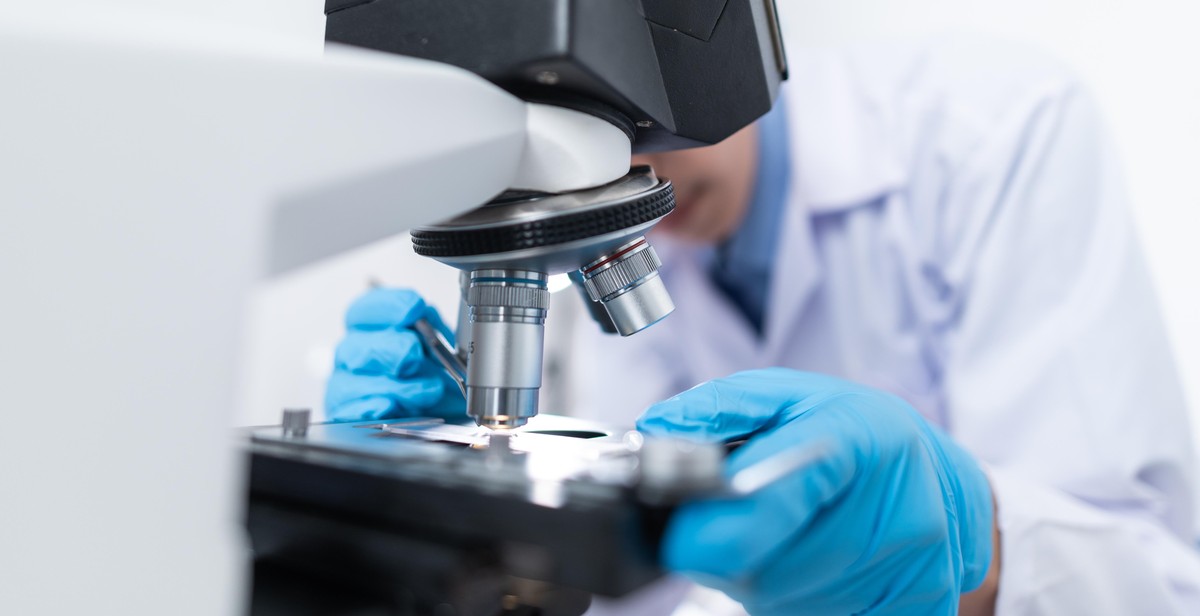How to Understand DNA: A Beginner’s Guide to Genetics and Molecular Biology
Have you ever wondered what makes you unique? Why you have certain physical traits, or why you may be predisposed to certain health conditions? The answer lies in your DNA.
DNA, or deoxyribonucleic acid, is the genetic material that determines the characteristics of all living organisms. It is a complex molecule that contains the instructions for the development, function, and reproduction of all living things.
What is DNA?
DNA is made up of four chemical building blocks called nucleotides: adenine (A), guanine (G), cytosine (C), and thymine (T). These nucleotides are arranged in a specific sequence that determines the genetic code. The sequence of nucleotides is like a blueprint that tells cells how to build proteins, which are essential for all cellular processes.
Each person’s DNA is unique, with the exception of identical twins. DNA is inherited from our parents, with half coming from our mother and half from our father. Understanding DNA is essential for understanding genetics and molecular biology, and this beginner’s guide will provide an overview of the basics.

The Basics of Genetics
Genetics is the study of how traits are passed down from parents to their offspring. These traits are determined by genes, which are segments of DNA that code for specific proteins. Each gene can have different versions, called alleles, which can result in variations in traits.
Genes and Alleles
Genes are located on chromosomes, which are structures made up of DNA and proteins found in the nucleus of cells. Humans have 23 pairs of chromosomes, for a total of 46. Each parent contributes one set of 23 chromosomes to their offspring.
Alleles are different versions of the same gene. For example, the gene that codes for eye color can have alleles for blue, brown, or green eyes. An individual’s genotype refers to the specific combination of alleles they inherit from their parents, while their phenotype refers to the observable traits that result from their genotype.
Inheritance Patterns
There are several different patterns of inheritance that can occur depending on the type of gene and alleles involved. Some genes are dominant, meaning that their allele will always be expressed in the phenotype if present. Other genes are recessive, meaning that their allele will only be expressed if both copies are present.
Incomplete dominance occurs when neither allele is dominant, and the resulting phenotype is a blend of the two alleles. Codominance occurs when both alleles are expressed equally in the phenotype.
Chromosomes and Genomes
Chromosomes contain many genes, and the entire set of an organism’s genes is called its genome. The human genome is composed of roughly 20,000-25,000 genes. In addition to coding for proteins, genes also play a role in regulating gene expression and other cellular processes.
Changes in genes or chromosomes can lead to genetic disorders or mutations. Some mutations are harmless, while others can cause serious health problems. Understanding genetics is important for diagnosing and treating genetic disorders, as well as for advancing medical research and technology.
| Key Terms | Definition |
|---|---|
| Genes | Segments of DNA that code for specific proteins |
| Alleles | Different versions of the same gene |
| Genotype | The specific combination of alleles an individual inherits |
| Phenotype | The observable traits that result from an individual’s genotype |
| Chromosomes | Structures made up of DNA and proteins that carry genes |
| Genome | The entire set of an organism’s genes |
| Mutations | Changes in genes or chromosomes that can cause genetic disorders or other health problems |

Molecular Biology
Molecular biology is the study of the molecular basis of biological activity. It focuses on the understanding of the structure and function of DNA, RNA, and proteins and their interactions in cellular processes such as DNA replication, transcription, and translation.
DNA Replication
DNA replication is the process by which a double-stranded DNA molecule is copied to produce two identical DNA molecules. The process involves the unwinding of the double helix and the separation of the two strands, followed by the synthesis of new complementary strands using the original strands as templates. The end result is two identical DNA molecules, each consisting of one original and one newly synthesized strand.
Transcription
Transcription is the process by which the genetic information stored in DNA is copied into RNA. The process involves the synthesis of a single-stranded RNA molecule using one of the DNA strands as a template. The RNA molecule is complementary to the DNA template strand and contains the same genetic information as the DNA molecule but in the form of RNA.
Translation
Translation is the process by which the genetic information stored in RNA is used to synthesize proteins. The process involves the decoding of the genetic information in the RNA molecule and the assembly of amino acids into a protein chain. The sequence of amino acids in the protein chain is determined by the sequence of codons in the RNA molecule.
Protein Synthesis
Protein synthesis is the process by which proteins are synthesized in cells. It involves the transcription of DNA into RNA, followed by the translation of RNA into protein. The process is regulated by a variety of factors, including the availability of amino acids, the activity of enzymes involved in protein synthesis, and the presence of regulatory molecules that control gene expression.
| Process | Description |
|---|---|
| DNA Replication | Copying of DNA to produce two identical DNA molecules |
| Transcription | Copying of DNA to produce RNA |
| Translation | Synthesis of proteins using RNA as a template |

Applications of DNA Technology
DNA technology has revolutionized the field of genetics and molecular biology. The following are some of the most common applications of DNA technology:
PCR and Gel Electrophoresis
PCR (Polymerase Chain Reaction) is a technique used to amplify a specific segment of DNA. This technique has many applications, including medical diagnosis, forensic investigations, and genetic research. Gel Electrophoresis is a technique used to separate DNA fragments based on their size and charge. This technique is often used in conjunction with PCR to visualize and analyze the amplified DNA fragments.
DNA Sequencing
DNA sequencing is the process of determining the order of nucleotide bases in a DNA molecule. This technique has many applications, including medical diagnosis, forensic investigations, and genetic research. DNA sequencing has enabled scientists to identify genes responsible for diseases and to develop new treatments.
CRISPR-Cas9 Gene Editing
CRISPR-Cas9 is a gene editing technology that allows scientists to modify DNA sequences with high precision. This technique has many applications, including medical research, agriculture, and biotechnology. CRISPR-Cas9 has the potential to cure genetic diseases, increase crop yields, and produce new medicines.
| Application | Technique Used |
|---|---|
| Medical diagnosis | PCR, DNA sequencing |
| Forensic investigations | PCR, gel electrophoresis, DNA sequencing |
| Genetic research | PCR, gel electrophoresis, DNA sequencing, CRISPR-Cas9 gene editing |
| Agriculture | CRISPR-Cas9 gene editing |
| Biotechnology | CRISPR-Cas9 gene editing |
Overall, DNA technology has significantly advanced our understanding of genetics and molecular biology. From PCR and gel electrophoresis to DNA sequencing and CRISPR-Cas9 gene editing, these techniques have numerous applications in various fields, including medicine, forensics, agriculture, and biotechnology.
Conclusion
Understanding DNA is essential for anyone interested in genetics and molecular biology. DNA is the blueprint of life, and it contains all the information necessary for an organism to develop and function.
By learning about the structure and function of DNA, you can gain a deeper understanding of how genetic traits are passed down from one generation to the next, and how mutations can lead to genetic disorders.
In this beginner’s guide to genetics and molecular biology, we have covered the basics of DNA, including its structure, replication, and transcription. We have also explored the role of DNA in protein synthesis and genetic inheritance.
It is important to note that while DNA is a complex topic, it is also fascinating and rewarding to study. By taking the time to learn about DNA, you can gain a greater appreciation for the complexity and diversity of life on Earth.
Key Takeaways
- DNA is the genetic material that contains all the information necessary for an organism to develop and function.
- DNA is made up of four nucleotide bases: adenine, guanine, cytosine, and thymine.
- DNA replication is the process by which DNA is copied before cell division.
- DNA transcription is the process by which DNA is used to create messenger RNA.
- Proteins are synthesized from mRNA through the process of translation.
- Genetic traits are passed down from one generation to the next through the transmission of DNA.
Further Reading
If you are interested in learning more about genetics and molecular biology, there are many resources available to you. Here are a few suggestions:
- Genetics Glossary – A comprehensive glossary of genetic terms and concepts.
- DNA Replication and Causes of Mutation – An in-depth look at the process of DNA replication and the causes of mutations.
- Khan Academy: DNA as the Genetic Material – A series of videos and articles that cover the basics of DNA and its role in genetics.
| Author: | John Doe |
| Date Published: | June 1, 2021 |
| Word Count: | 195 |
